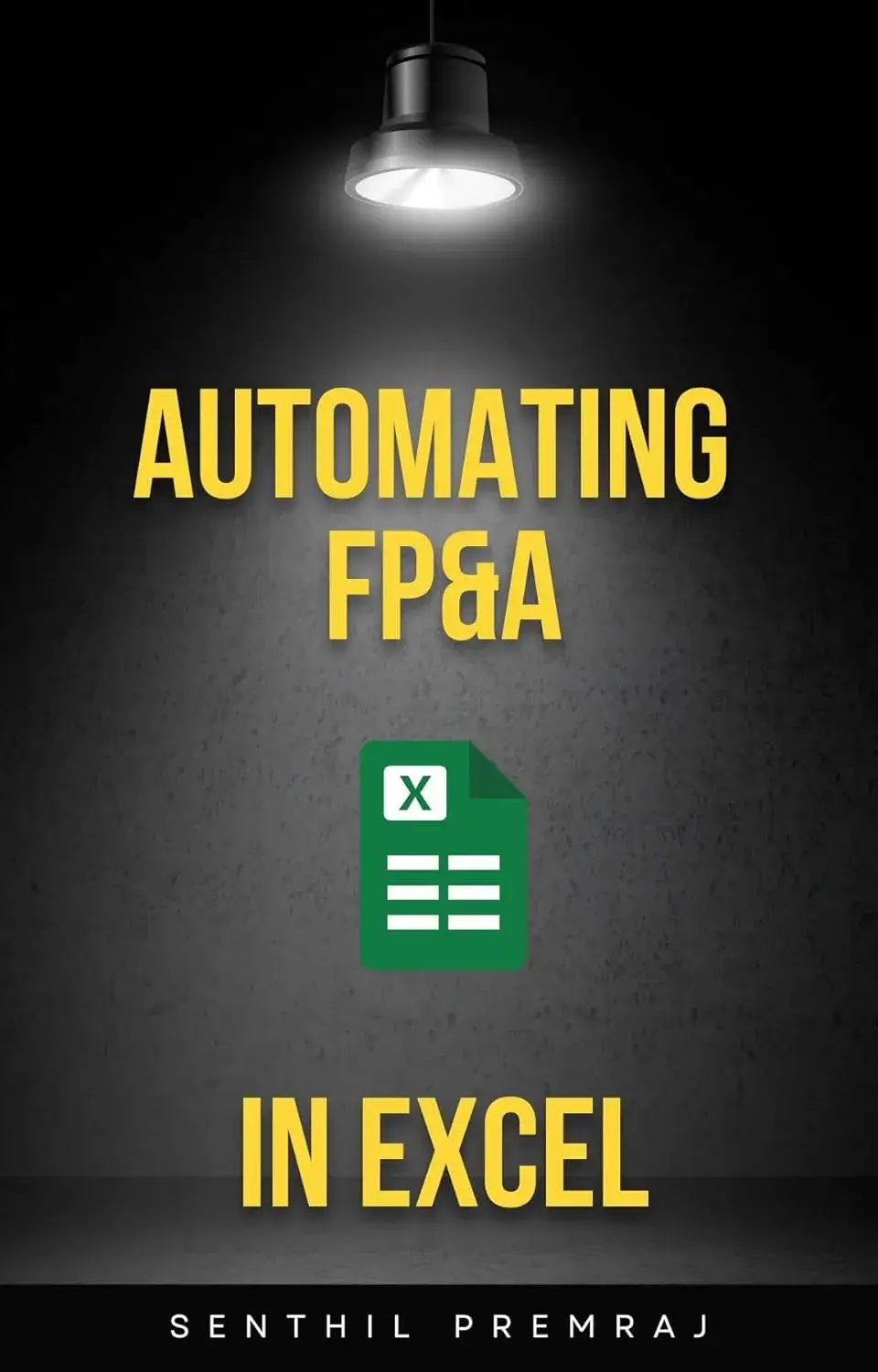When it comes to management reporting, the ultimate goal is to ensure that your organization remains on course with its plan. Staying on plan necessitates having a well-structured plan in the first place, a crucial step covered in the budgeting process. In this article, we’ll explore the primary tool for effective management reporting: budget variance analysis, and how PivotXL can be a valuable asset in this endeavor.
The Power of Budget Variance Analysis
Budget variance analysis is the cornerstone of management reporting. It involves understanding the differences between actual performance and the planned budget at each individual level. These variances can then be rolled up to gain insights into the overall performance at higher levels, such as in the Profit and Loss (P&L) statement. Employing techniques like the “5 Whys” method allows organizations to dig deep into the underlying causes of these variances, enabling course correction and better predictions for the future.
Designing an Insightful Chart of Accounts
One of the best practices for effective budget variance analysis is to design your chart of accounts (COA) in a way that fosters insights. With a well-structured COA, aligning budget and actuals numbers becomes a straightforward process. Once actuals are calculated and the books are closed, budget variance analysis seamlessly extends from the process. This sets the stage for valuable insight collection.
However, in cases where budget accounts do not align with accounting accounts, further processing is necessary. Actual transactions must be remapped to the budget accounts to facilitate budget variance analysis. PivotXL simplifies this by offering the ability to upload transactions and remap them as needed. It can even handle the uploading of consolidated data and remap it to another set of accounts. This may also involve tagging transactions for consolidation into budgetary accounts, especially as organizations mature and refine their processes.
Beyond Financial Data: Operational Data and Drivers
Budgets aren’t limited to financial data alone; they can also encompass operational data and drivers that influence financial outcomes. In fact, mapping the drivers of specific budget items can be an integral part of the insight generation process. Understanding how various operational factors impact financial results is key to effective management reporting.
Tools for Effective Budget Variance Analysis with PivotXL
Let’s delve into some of the tools available within PivotXL to aid in budget variance analysis, insight generation, and course correction:
- Flexible Cube Design: PivotXL allows you to create cubes independently of your accounting system. These cubes can either mirror your accounting system or be tailored to suit management accounting needs, enabling more insightful budgeting.
- Robust Data Upload: PivotXL offers a robust mechanism to upload transaction data or consolidated data, either manually or through APIs, and seamlessly map it to the cubes. This simplifies the process of budget variance analysis, making it more efficient and accurate.
- Shareable Dashboards: PivotXL’s shareable dashboards facilitate easy data presentation to multiple stakeholders. This feature is invaluable when delving into the root causes of variances using techniques like the 5 Whys method.
Through these tools, PivotXL empowers organizations to stay on course with their plans and gain a comprehensive understanding of the drivers behind their performance. This insight informs where investments should be made for a more successful future. In the realm of management reporting, PivotXL proves to be a valuable asset for organizations aiming to maintain their trajectory and achieve their strategic goals.




